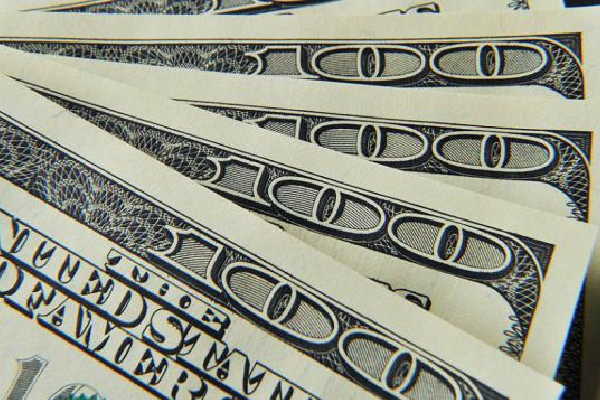Economic independence often is the everlasting aspiration of the majority of investors. Lots of people have faith in the established principle of doing a standard job until you reach 65, and then hurrying to make up for anything neglected through past many years. I don’t subscribe to that.
I additionally don’t believe in the minimal strategy to get to financial liberty. I feel it’s very interesting if many of us are planning to reside in a trailer, or haul all their property in a couple of suitcases. If you would like to achieve early economic independence, then you’ll definitely need to be a little bit more rigorous about it. Though this practice has its benefits, I am not willing to be that minimalist.
No matter whether you earn a moderate salary or a substantial earnings, the most significant element of getting fiscal liberty is spending less than you acquire. All it requires is some investment and saving. I’ve earlier strongly suggested a savings point of not less than fifteen percent, simply so that you will avoid calamities, however, when you desire to have reasonably early monetary freedom, you really need to be more aspiring than that. It’s my opinion that fifty percent of net income is a tough, but suitable goal to strive for.
Many people exist financially at what’s often referred to as a neutral place, characterized by a continual state where the person lives paycheck to paycheck. A person could be earning sufficient enough of income to pay bills, and will possibly be saving only a suitable level to cover any unusual costs that would arise. Generally, you are ultimately caught in neutral, and just not truly heading anywhere. The choice is yours of traveling the path headed for monetary opportunity or the path on to economic desperation. It is subject to precisely what you will do now.
The preliminary step on the way to monetary freedom takes place once you begin to function beneath your means and you begin to save money towards your future. How far you go and exactly how long it requires will depend on on you.
I would suggest 20% as the unconditional low, while the higher, the more desirable. There are certainly justifications why you may want to store away your money outside of merely realizing economical independence. Developing a cushion of savings will make you much better positioned for later, right now, as well as the undetermined.
Launching an income on the side is a fantastic technique for cutting down the time frame necessary to get to financial flexibility. Diversification is really important as it pertains to wealth, but it’s additionally critical as it pertains to income. The second step commences when you finally gain the required side income to scale down your essential expenditures. Therefore you’re no longer required to work at a traditional day job to live.
If you have the ambition to try to make additional money outside of your job, but you’re short on ideas on how to accomplish that, check out the MadBeeTech Money Directory. Here you can browse through the finance categories such as bitcoins, personal wealth, small businesses and then visit directory listings of interest. Each member sells some kind of finance-related courseware that includes PDF eBooks or videos or both, and all files are available as immediate digital downloads after purchase.
Way too many people continue to be certainly reliant on a job, which actually renders us obligated to the arbitrariness of our employers. Employment is a particularly substantial assets generating technique, but once you depend on it all of your life, you’ll be placing your destiny in the power of others to regulate.
You’re still expected to be working in this second stage, however you have the choice to work at home and take care of your own future. For a large number of people this stage is already an excellent amount of monetary independence.
To start the third level, you need to have a satisfactory amount of capital to not ever be expected to work another day . In my view this certainly is the best embodiment of economic liberation. See some good advice in this Forbes.com article.
To be able to determine the level of assets that’s best for you, divide your gross annual bills by 3% if you’re conventional, or 4% in case you’re a bit more aggressive. This is the percentage of funds that you will draw of your account every year.
A four percent removal is considered more demanding as there have been occasions in the past where this would have contributed to a quickly shrinking portfolio. A portfolio using a three percent withdrawal level, on the flip side, has in times past never gone broke after forty years of withdrawals. A portfolio at a withdrawal rate of 3% is virtually an limitless portfolio, with earnings climbing through good years and regressing less in the bad.


